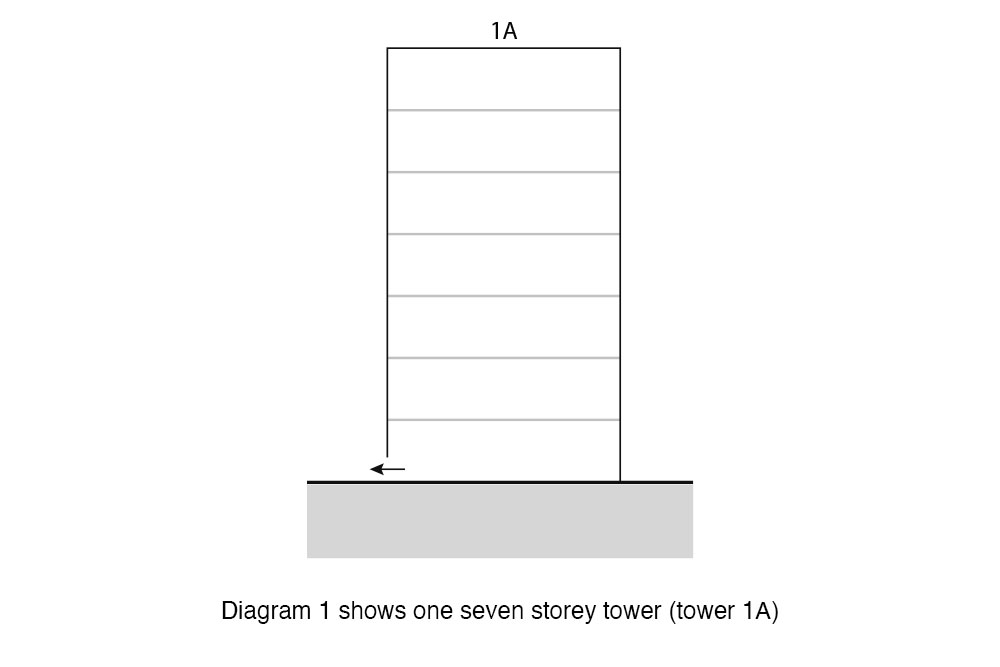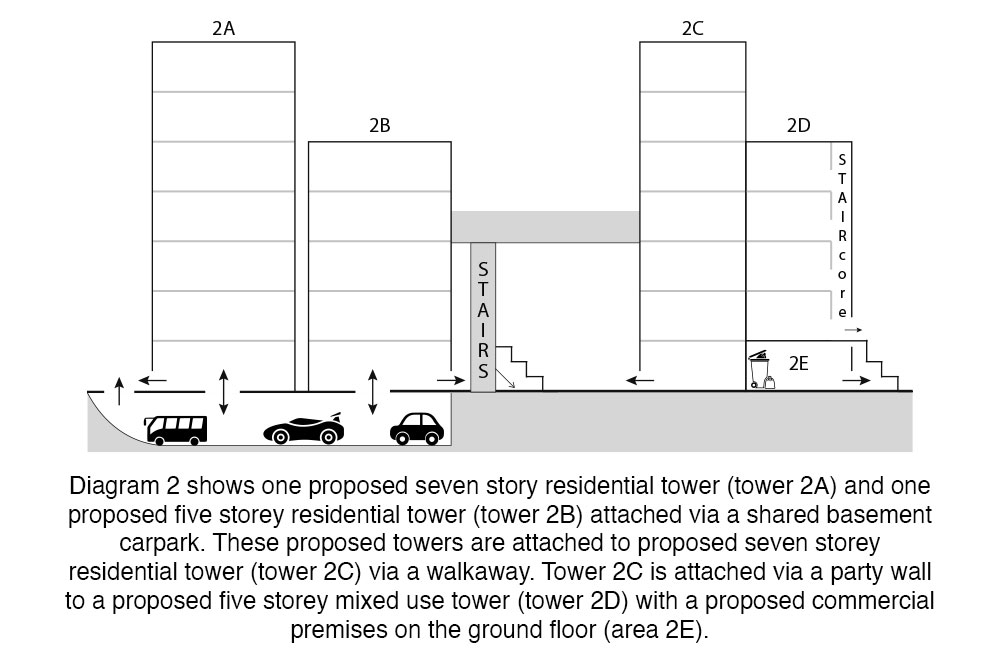
Significant reforms are occurring in the UK building industry. Guidance recently issued by the UK government has modified the classification criteria for higher-risk buildings.
If you work in construction, you need to know what these changes are and if they will impact your business. Failure to comply could result in harsh penalties.
We’ve compiled a short guide to the new updates to the laws surrounding higher-risk buildings during the design and construction phase. This is essential reading for any construction professional in the UK.
What Has Changed with the Higher-Risk Buildings Regulations?
Significant changes have been made to the regulations surrounding the construction of higher-risk buildings. These changes may impact existing registrations and alter compliance procedures for a construction business.
The shakeup of construction legislation began when the UK government introduced the Building Safety Act 2022. This Act has been in force since 1 April 2023, changing the fire safety rules in higher-risk residential buildings.
On 19 October 2023, the UK government issued guidance on the legal standards for assessing whether a newly proposed construction project qualifies as a higher-risk building.
Construction professionals must now consider the Building Act of 1984, the amendments introduced by the Building Safety Act of 2022, and the Higher-Risk Buildings (Descriptions and Supplementary Provisions) Regulations of 2023.
What Are Higher-Risk Buildings?
Higher-risk buildings are defined as buildings at least 18 metres in height or with at least seven storeys and at least two residential units. The definition of higher-risk buildings also includes care homes and hospitals.
The new guidance contains three main criteria that must be considered during the design and construction phase to evaluate if a new building falls under the higher-risk category. The criteria can be used to assess a proposed new building and an existing building that is being amended by any construction work. The guidance is aimed at clients, designers, principal designers, contractors and principal contractors.
Three Higher-Risk Criteria for Proposed New Buildings
The three critical criteria that determine if a proposed building is classified as higher risk are:
- The Use Criteria: What will the proposed new building be used for? Does it fall within any included or excluded building categories?
- The Legal Definition of a Building: Does the legal building definition apply to the proposed structure?
- Height and Storeys: Do the methods for measuring height and storeys apply to the proposed new building? Does the building meet the 18-metre or 7-storey height threshold using these methods?
The Use Criteria
In the design and construction phase, a proposed new building qualifies as a higher-risk building if it satisfies specific use criteria and meets the height or storeys threshold.
If the proposed new building meets the height or storeys threshold and includes at least two residential units, or if it is a hospital or care home, it falls under the category of a higher-risk building and must be registered with the Building Safety Regulator.
Residential units can be:
- flats
- studio flats
- shared accommodation
- a home of multiple occupations
- a unit in a supported accommodation building
They can be owned privately, privately rented or rented by social services. A short-term let property is also considered to be a residential unit.
Mixed-use buildings that incorporate one or more specified uses and meet the height or storey threshold fall under the higher-risk requirements. For example, a shopping centre that includes two or more residential units or boarding accommodations in schools and universities.
Buildings exempt from the use criteria include:
- Secure residential institutions
- Hotels
- Military barracks
- Living accommodations provided by the Ministry of Defence for military personnel
The Legal Definition of Higher-Risk Buildings
Regulation 4 of the Higher-Risk Buildings (Descriptions and Supplementary Provisions) Regulations 2023 defines a building as a structure that is ‘not attached to any other structure.’
However, if a structure has one or more independent sections, each independent section is considered to be a building.
Independent sections have points where people can enter and exit that section but don’t have access to the wider parts of the building or can only access a wider part that doesn’t contain a residential unit.

A proposed building design with multiple attached structures is considered to be one higher-risk building. This applies even if some attached structures don’t meet the height and storeys criteria. So, a development that has multiple structures attached via shared walls or a shared basement may be considered as one higher-risk building.
Height and Storeys of Higher-Risk Buildings
A proposed structure must meet the height or storeys threshold to be classified as a higher-risk building. It doesn’t have to meet both criteria – although it can.
The height threshold applies to any building that is 18 metres or higher. The storey threshold applies to any structure that has seven storeys or more.
- Storeys should be counted from ground level to the top storey
- Storeys that are below ground level on flat ground shouldn’t be counted
- Storeys must be fully enclosed
If a proposed building meets either/or both criteria and/or the use criteria, it is classified as a higher-risk building.
Rooftops, rooftop gardens, rooftop machinery or rooftop plant rooms are excluded.
Gallery floors, also known as mezzanines, can only be counted if they cover at least 50% of the largest above-ground storey above or below them.
Height should be measured from the ground level to the floor level of the top storey. Top storeys that exclusively house rooftop machinery or plant rooms are excluded.
For multiple structures, height is determined by counting from the lowest part of the ground that touches the building to the highest story of any attached structure.
If a two-tower building is built on a slope, the lowest storey on the downward slope counts as the first story and the highest storey on the upmost part of the slope counts as the top storey.
Why Have These Changes Been Brought into Force?
The tragic Grenfell Tower fire in June 2017 was a watershed moment for the UK. The Grenfell blaze burned for more than 60 hours, injured more than 70 people and resulted in the death of 72 others. The Grenfell Tower fire is infamous as the most devastating residential fire in the UK since the Second World War.
It was also the most lethal structural fire in the United Kingdom since the Piper Alpha oil-platform disaster in 1988.
The changes to what constitute higher-risk buildings were brought about as a result of the inquiries into the Grenfell Tower disaster. The Building a Safer Future review, by Dame Judith Hackitt DBE, addressed safety weaknesses in constructing and maintaining multiple-storey buildings.
The Building Safety Act 2022 and the Higher-Risk Buildings Regulations 2023 aim to improve safety and avoid another tragedy like the Grenfell Tower fire.
How to Comply with the Higher-Risk Buildings Regulations
Construction professionals must be diligent about complying with health and safety legislation. Preventing another Grenfell Tower fire requires duty holders to have a complete understanding of what their responsibilities and roles are.
Completing our CDM Duty Holder Training will ensure you can fulfil your legal responsibilities.






























































































































































































































































































































































































































































































































































































































































































































































